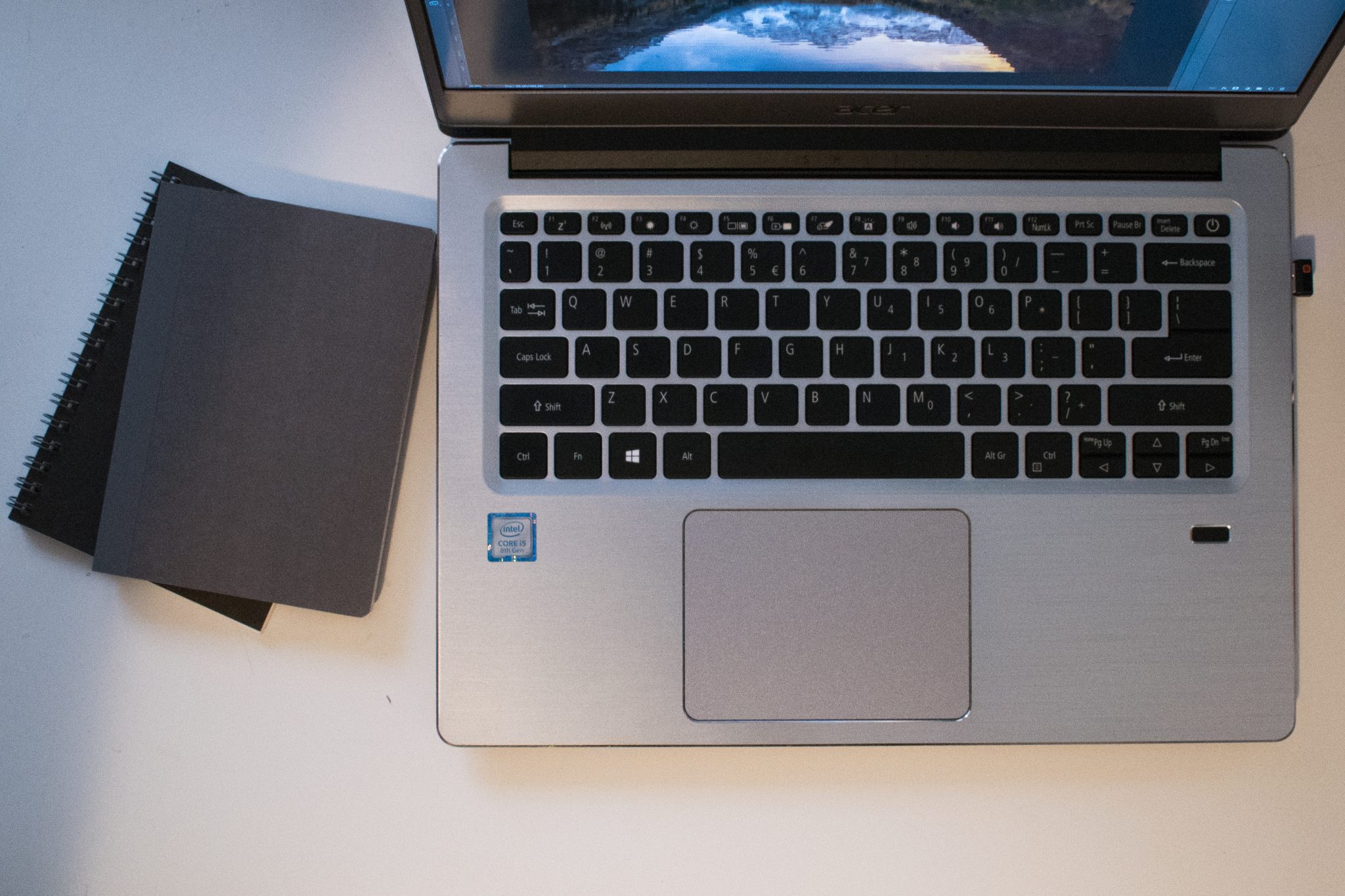
Stony Brook University Libraries and Division of Information and Technology (DoIT) have partnered to implement the Laptop Loan Program (LLP), which rents laptops from Frank Melville Jr. Memorial Library to up to 200 students in need of computers.
Since the COVID-19 pandemic began, all New York universities have moved to a mostly online learning format for the fall semester, creating a need for personal computers among students who would ordinarily use public computers.
Before the pandemic, students could use public desktop computers in the library and campus dormitories through Students In Need of Computers (SINC) sites. However, theses facilities are now limited in capacity and in some sectors closed off, due to Centers for Disease Control and Prevention (CDC) protocol. Stony Brook students can now borrow a HP-250-G7-Notebook for 30-day periods through the library.
“The LLP was initiated to complement the SINC Sites,” Henry Joseph, director of Support Services at Stony Brook University, said. “For those that could not visit the SINC Sites, they could use the Virtual SINC Site, the Remote SINC Site, or the Laptop Loaner Program.”
According to Joseph, the Laptop Loan Program is funded by the State University of New York (SUNY). This past spring, SUNY distributed laptops to students in need at the start of the COVID-19 pandemic.
“The goal of the LLP is still to provide access to technology, even during the current COVID-19 pandemic and social distancing restrictions,” Joseph said.
Computers are rented through the Laptop Loan Agreement, which, if the student is in good standing with the library, allows them 30-day access to a laptop. After the 30-day period ends, students must return the laptop to the North Reading Room Service Desk of the Melville Library, where a technology consultant will inspect its components, charger and adapter for damage.
If students would like to renew their 30-day access, they must complete a new Laptop Loan Agreement form.
There are no additional fees for borrowing a laptop as long as the student has a Stony Brook student ID and abides by library standards and the university’s Appropriate Use of Technology (P109) policy.
The university’s technology use policy states that destruction or modification of the computer is prohibited, with penalties including a revocation of library and future loan privileges, as well as a fine. Lost or stolen laptops will result in $1000 replacement charge, plus a $20 processing fee. Laptop availability is visible online via the library’s discovery system, where students can make reservations.
Ephraim Bryski, a junior civil engineering major, has his own computer on campus, but said that the program will be beneficial to students in need. Bryski, who uses MatLab, a computational mathematics program, among other digital applications on his personal laptop, said that not having a computer can negatively impact student performance.
“Some students have really outdated computers,” Bryski said. “These laptops can run the programs that students of all different majors need to be able to get their work in.”
Bryski believes the laptop is more than capable of running the sophisticated programs needed for his major.
“Almost everyone has a laptop, so I’m not sure how useful the program would be,” Bryski said. “For some students, who for whatever reason, aren’t able to afford a laptop capable of running this program and having this loan program could help with running AutoCad and Matlab, which are required for me.”
Benjamin Shevah, a senior physics major who lives off campus, uses his own personal for his coursework. He said the program is going to help students who are financially disadvantaged.
“Laptops are a necessity in modern day life,” he said. “I think financial aid packages should make allowances for any necessary tools students should need.”
Joseph said that the program is meant to help students cope with the shift to online classes.
“During this period in time, we have to make technology available to students where they need it,” Joseph said. “Since students are taking a lot of their classes remotely, it made sense to make technology available to students. This way they would have access to the same resources as if they were on campus.”
















